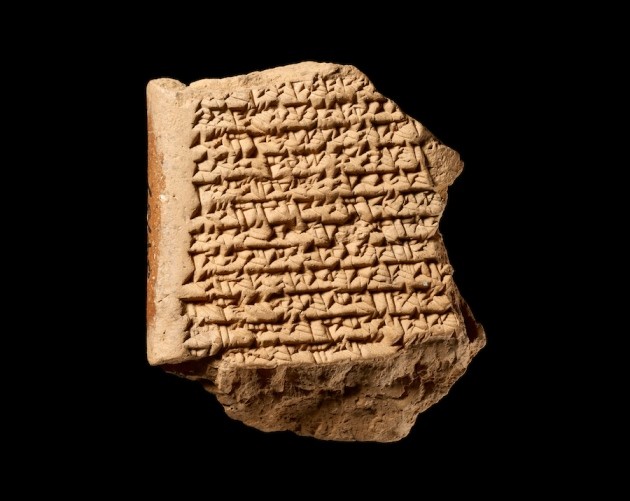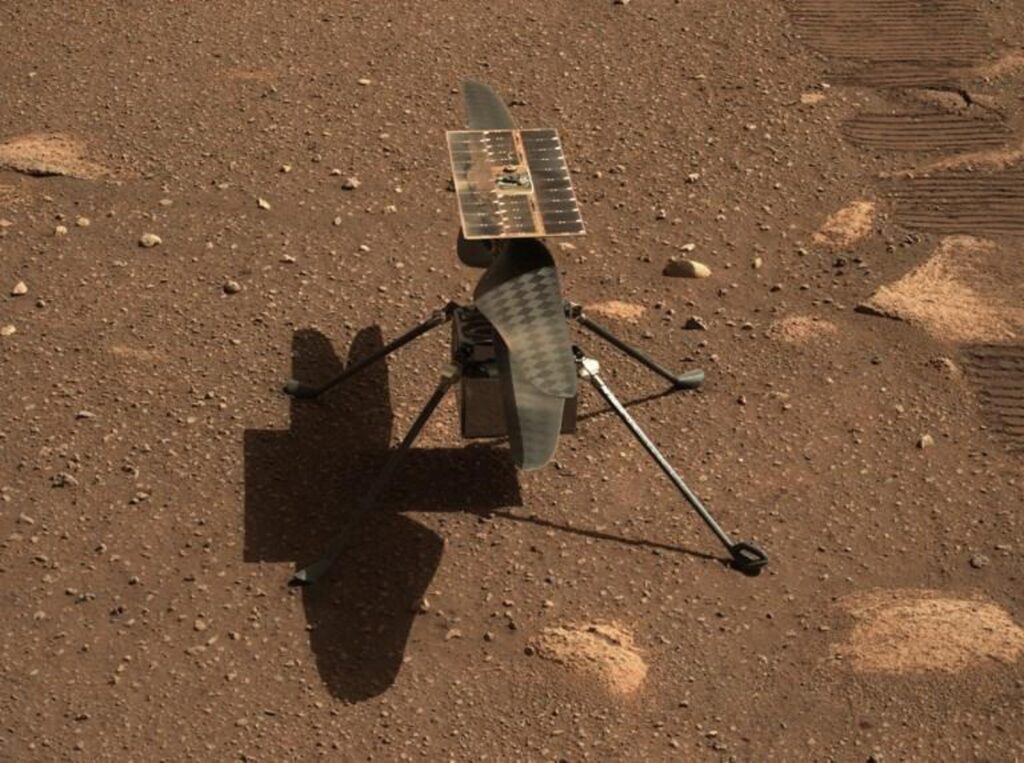Recently discovered 3,000-year-old Babylonian tablets are helping scientists solve cosmic puzzles, particularly geomagnetic field abnormalities. These abnormalities are linked to spacecraft failures, telescope observations, and communication issues. The tablets from Nebuchadnezzar II’s era are helping explain geomagnetic field variations.

Babylonian Tablets Illuminate Earth’s Magnetic Mysteries through Archaeomagnetism
University College London researchers use archaeomagnetism to evaluate clay cuneiform tablets’ iron oxide grains. The tablets illuminated the Levantine Iron Age Anomaly, analogous to the South Atlantic Anomaly or “Bermuda Triangle of space.” Interdisciplinary studies of humanities and sciences are highlighted by the link between ancient Mesopotamian texts and modern physics.
Historical research and archaeomagnetism offer a unique view of Earth’s magnetic field changes. Though complicated, this method supports linguistic analysis and provides date baselines for ancient artifacts without biological material.
These tablets showed a magnetic field more than 1.5 times stronger in Mesopotamia than today. Nebuchadnezzar II reigned from 604 to 562 B.C., when this surge occurred. Archaeomagnetic experiments and tablet transcriptions of ancient languages helped scholars grasp the historical anomaly.
READ ALSO: Saving the American chestnut: A story of renewal, regrowth and hope
Bridging the Gap Between Humanities and Sciences in Cosmic Exploration
Humanities and sciences are interdependent, as the study shows. Historical reports of identical events from different places supported the conclusions, demonstrating the research’s interdisciplinary character. The tablets, from Sumeria’s first astrological and mathematics institutions, aid scientific and cultural understanding.
Another series of ancient records, the Babylonian Astronomical Diaries, show millennia of inquiry and astronomical knowledge. The cuneiform tablets add to this interdisciplinary legacy by revealing geomagnetic history and highlighting early cultural studies.
Babylonian tablets demonstrate how humanities and sciences collaborate to improve our understanding of ancient civilizations and space science. The study emphasizes the importance of humanities and sciences in spreading knowledge across fields and the need for a balanced approach.




